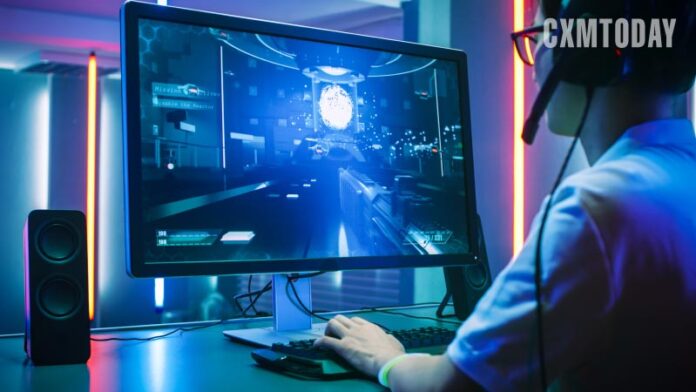Frameplay announced the first-to-market attention metric called Intrinsic Time-in-View. The metric is built upon Frameplay’s proprietary, industry-leading viewability capability, double-validated by studies from Lumen and eye square, and Dentsu International’s award-winning Attention Economy team as a pioneering solution for measuring attention in gaming space.
“Our proprietary intrinsic in-game viewability technology has been at the forefront of our product offering since our company’s inception,” said Jonathon Troughton, CEO of Frameplay. “We are proud to share that we have further validated the efficacy of our advertising solution, with results from our two eye-tracking studies showing a strong correlation between our intrinsic in-game viewability algorithm and intrinsic time-in-view viewability duration metric as substantial indicators of attention.”
Frameplay’s Intrinsic Time-in-View measures the length of time an ad impression is viewable during gameplay. An impression is only considered viewable if it meets Frameplay’s intrinsic in-game advertising proprietary and market-leading viewability requirements. The studies leveraged an intrinsic in-game advertising campaign for Dentsu’s client McCormick and their Frank’s RedHot brand in Frameplay’s exclusive gaming inventory.
“The average consumer sees over 4,000 ads in any given day, so advertisers must start evaluating channels through the lens of attention metrics, which are more indicative of meaningful exposures,” said Joanne Leong, vice president of global media partnerships at Dentsu. “The results from these studies validate proven attention in Frameplay’s gaming inventory, and we will use this data in planning to evaluate future intrinsic in-game opportunities.”
Frameplay partnered with Lumen and independently eye square to analyze and compare Frameplay’s Intrinsic Time-in-View calculation with their respective eye-tracking measurements. Using unique and differing methodologies and technologies, both companies validated with confidence that Frameplay’s Intrinsic Time-in-View measurement is a viable measure of attention.
Lumen concluded the following takeaways:
- Lumen’s average viewable time metric was consistent with Frameplay’s Intrinsic Time-in-View metric for calculating viewable time
- The advertisement analyzed successfully captured 1.4x more attention of the gamers versus the norm, performing significantly higher than Lumen’s comparative norm of mobile display
- Overall attention produced by Frameplay’s Intrinsic In-Game campaign analyzed by Lumen outweighed the mobile display norm
- Lumen’s results indicated that Frameplay’s Intrinsic In-Game Advertising performed similarly to social in-feed video norms and outperformed every other social, web, and mobile format, including a social in-feed image.
eye square concluded the following takeaways:
- Critically testing Intrinsic Time-in-View turned out to be very close to the true, real-life value provided by eye square’s eye-tracking measurement
- Intrinsic banner ads in mobile games are highly appreciated, while in contrast, interrupting video ads are not liked at all
- Real-world inspired branding and sponsorships will improve gameplay experience and subjective life-world authenticity
- eye square sees great potential in Frameplay’s innovative ad framework technology to satisfy the changing commercial and cultural needs of advertisers, companies, and gamers




